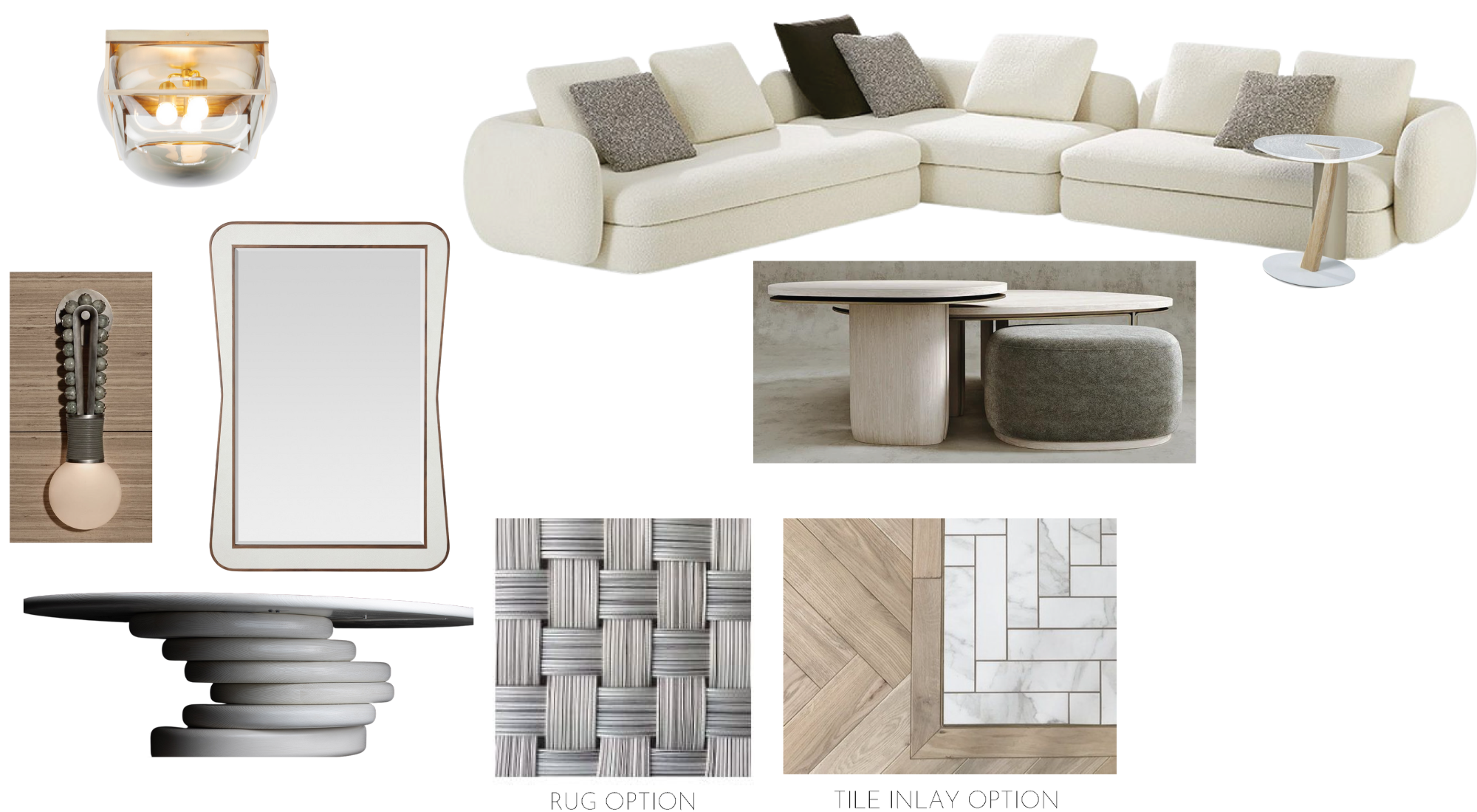
Let’s be honest. The dream of a single-family home with 2.5 kids and a white picket fence is, well, just one dream. Today’s reality is far richer and more complex. More of us are living in multi-generational households than at any other time in recent history. You’ve got grandparents, parents, and kids—sometimes all under one roof.
And that creates a unique design challenge. How do you furnish a space that works for a toddler’s chaotic energy, a parent’s need for a home office, and a grandparent’s requirement for comfort and accessibility? The answer isn’t buying three sets of furniture. It’s about choosing smarter, more flexible pieces. It’s about adaptable furniture.
Why “One-Size-Fits-All” Doesn’t Fit Anyone
Standard furniture assumes a standard user. But in a home spanning decades in age and ability, that assumption falls flat. A deep, low sofa might be a nightmare for an older adult with knee issues. A sleek glass coffee table is a hazard for a newly walking child. A fixed-height desk won’t work for both a standing teen and a seated senior.
The pain point is rigidity. Static spaces create friction. Adaptable furniture, on the other hand, is all about fluidity. It reduces that daily friction and, honestly, makes a home feel more harmonious. It’s the difference between a house that simply contains people and a home that actively supports them.
The Core Principles of Adaptable Furniture
Before we dive into specific pieces, let’s talk philosophy. What makes furniture truly adaptable for multi-generational living? A few key things:
- Adjustability: Pieces that change height, configuration, or function.
- Accessibility: Design that considers limited mobility without screaming “hospital room.”
- Durability: Materials that can withstand a crayon masterpiece one day and a spilled cup of tea the next.
- Modularity: Furniture you can reconfigure as your family’s needs evolve.
- Safety: Rounded corners, stable bases, and non-toxic finishes.
Smart Furniture Solutions for Every Room
The Living Room: The Family Hub
This is where everyone collides. The key here is creating zones within one space.
Modular Sofas: These are the undisputed champions. You can create a cozy corner for two, a sprawling sectional for movie night, or even separate pieces to define different areas. Need to make room for a walker or wheelchair? Just reconfigure the modules. It’s like LEGO for your living room.
Adjustable-Height Tables: A coffee table that can rise to become a dining or work surface is a game-changer. It allows an older adult to eat comfortably from their seat, provides a perfect spot for a child’s crafts, and can even serve as a standing desk. Look for models with rounded edges and easy-to-use mechanisms.
Lift-top coffee tables are a fantastic long-tail keyword solution people are searching for, and for good reason. They offer hidden storage too—a bonus for tucking away remotes and magazines to reduce clutter, which is a major trip hazard.
The Kitchen & Dining Area: The Nourishment Nexus
This is another high-traffic zone where adaptability directly impacts independence and togetherness.
| Furniture Piece | Multi-Generational Benefit |
| Adjustable-Height Counter Stools | Allows both kids and adults to sit comfortably at a kitchen island; easier for those with mobility issues to get on/off. |
| A Table with a Pedestal Base | Provides clear legroom for wheelchair users, unlike tables with four corner legs. |
| Benches with Back Support | Easier for kids to scramble onto than individual chairs and can accommodate more people flexibly. |
| Open-Shelf Carts or Islands | Creates extra, movable workspace and storage; items are visible and within easy reach for all. |
The Bedroom & Home Office: The Private Sanctuaries
Even private spaces need to be versatile, especially with the rise of remote work and the need for guest rooms.
Adjustable Beds: Sure, they’re famous for snoring spouses, but their benefits for multi-generational homes are huge. An adjustable base can help an older family member with acid reflux or circulation issues. And let’s be real, anyone enjoys reading or watching TV in a perfectly propped-up position.
Murphy Beds & Sofa Beds: The ultimate space-savers. A home office by day becomes a comfortable guest room by night for visiting family. Modern versions are a far cry from the clunky, uncomfortable designs of the past. Some even come with integrated desks or sofas, so the room never feels like a “bedroom with a desk in it.”
Height-Adjustable Desks: Essential. A parent working from home can switch between sitting and standing. A teenager can use it for homework. And an older adult can set it to the exact height that’s ergonomically correct for them, promoting better posture and comfort for everyone.
Choosing Materials and Finishes That Last
It’s not just about the mechanics. The stuff your furniture is made of matters immensely.
Performance fabrics are your best friend. Look for crypton, sunbrella, or other stain-resistant, easy-to-clean materials. They repel spills, resist scratches from pets (or kids acting like pets!), and are just more durable. You know, for when juice boxes and joint pain coexist.
For wood, opt for hardwoods like oak, maple, or walnut. They develop a character with wear and tear, unlike laminates that just chip and look sad. And for rugs? A low-pile, tightly woven option is easier for wheelchairs, walkers, and tiny, unsteady feet to navigate compared to a thick, shaggy one.
The Bigger Picture: It’s More Than Just Furniture
Investing in adaptable furniture is really an investment in your family’s quality of life. It’s about fostering independence for your aging parents. It’s about creating a safe environment for your growing children. It’s about giving everyone a sense of belonging and comfort in a shared space.
This approach aligns perfectly with current trends like universal design and aging in place—but it makes them feel fresh, modern, and inclusive for all ages, not just the elderly. It’s a forward-thinking way to design a home that’s ready for whatever life, and your family, throws at it.
In the end, a multi-generational home isn’t a compromise. It’s a tapestry of different lives, woven together. And the right furniture? It’s the loom that holds it all together, strong, flexible, and beautiful.







